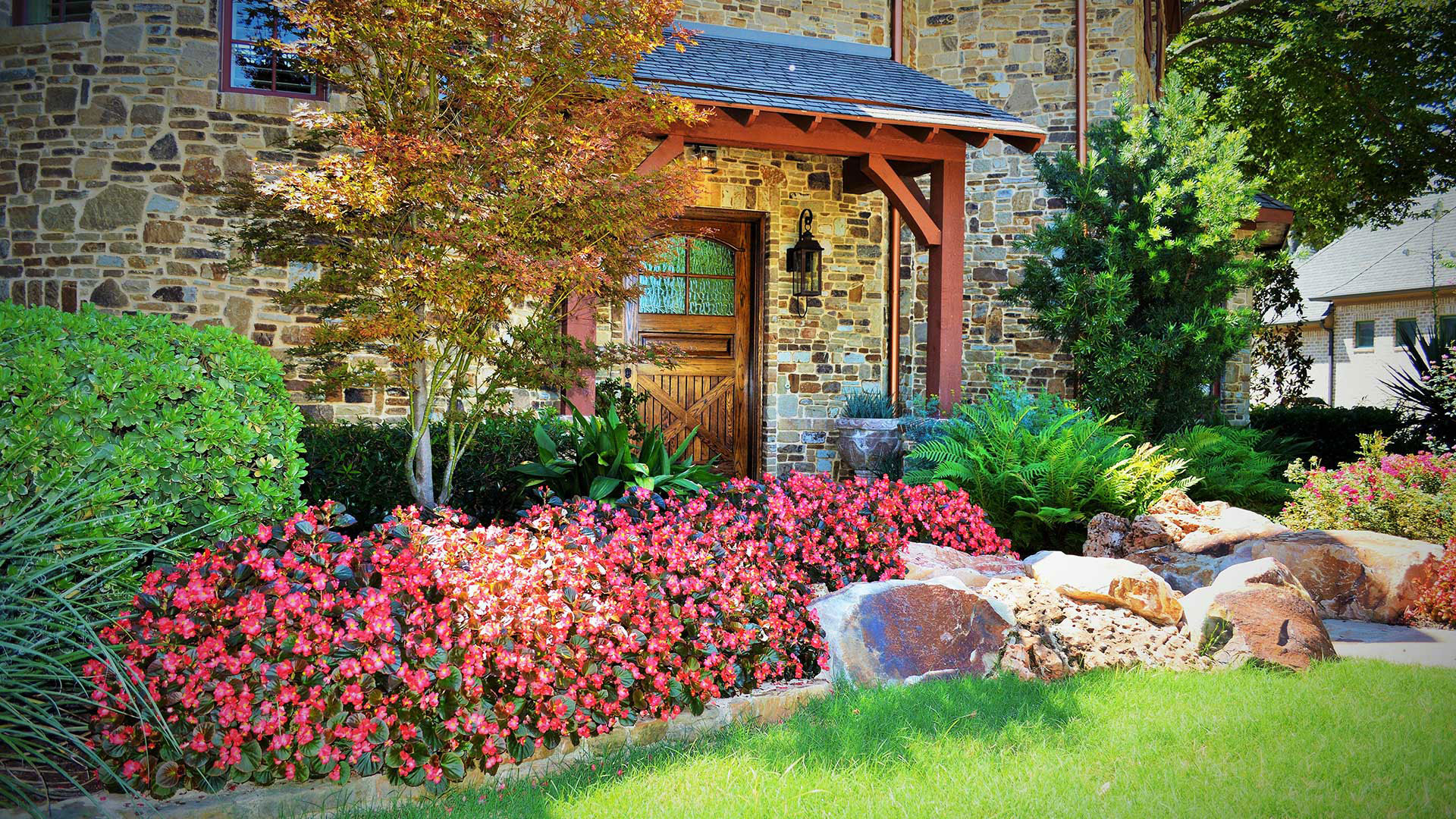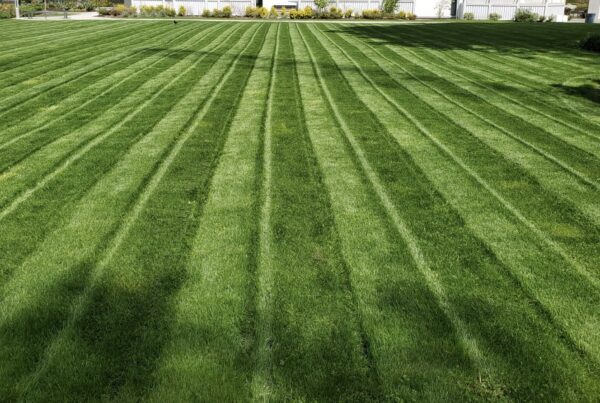If you have never handled a landscape layout before, you may be overwhelmed with of the choices that can be made. However, the exact principles that direct your room installation inside should direct your layouts outside, also. Here are seven suggestions for landscape layout for beginners.
1) Create a list of wants and needs. Do your children require a play area? Would you like to grow veggies? Would your family members collect on a terrace? Do a few very rough sketches of this lawn with ideas of where you would like to put items; it is a good organizing principle for landscape layout for novices. “These are not master plans, only thoughts,” says Marianne Lipanovich, writer of this Big Book of Garden Styles (Oxmoor House, 2008). “The one I ever did for his front-yard overhaul was several lines and a few circles, but my husband knew the program, and then we went forward with formal preparation out to the website. It is simple to play with thoughts without a great deal of time and dedication.”
2) Study the sunlight and end patterns. You may want to put a terrace around the west portion of the home, but it is going to get a lot of afternoon sunlight, meaning dinnertime at August will not be calming — only hot. And wind whistling about a corner will instantly extinguish a fireplace. Those are typical errors in landscape layout for beginners. Your layout should take into consideration what the sunlight and end do at various times of the year annually. “You will need alternatives to temper the issue,” Lipanovich states.Thought
3) Coming to fast conclusions on your own lawn may result in choices which don’t function in the very long run. “In our lawn, there are particular places in which you would like to go and sit down I would not have thought of if we purchased it, then” Lipanovich states.
4) Start small. Home and backyard television shows really are experts at showing complete exterior makeovers in only 3 days but they still have a team of 60, which isn’t a condition enjoyed by landscape layout for beginners. Part of producing a landscape is gradually creating a strategy and appreciating the procedure. In the master program, begin with a little flowerbed. Go out and utilize it for one hour or 2 when you have enough time, and stress less about filing up everything immediately. “Give yourself a while to observe how things grow. The purpose would be to take some time and perform it in bits so you’re pleased with the final outcomes,” Lipanovich states. “Should you get to this item and wish to have it done, then you’re take shortcuts and also be overly cluttered and bored to do it nicely.”
5) Work around a focus. Any great garden design includes a focal point or even sequence of focal points, plus it is a simple rule to set in position in landscape layout for novices. Which could possibly be a sculpture or even a breathtaking planta tree, a tree, or even a string of shrubs. “The purpose would be to draw the eye and then transfer it throughout the scenery,” Lipanovich states.Concentrate on Hop and scale. It is the trickiest rule in landscape layout for novices, however scale and pacing provide your lawn a pulled-together appearance. There’ll be variations in dimension, shape, and colour, with tall plants contrary to a construction or at the rear of a flowerbed, and trails which lead folks throughout the space. “You will want to duplicate some components, while it is a specific plant, a frequent shade, or possibly a contour, so there is a feeling of cohesion,” Lipanovich states.
6) “However, you also don’t need it to be somewhat dull, so try adding a occasional component that is distinct in the landscape and can stick out.”Be receptive to change. Unless you are strongly committed to some thing, be frank about what you enjoy — and what might fall from favor. “I find herself within time discovering that I actually liked something and it no more reflects me, therefore I carry it outside,” Lipanovich states.
7) Remember: Patience is essential to landscape layout for beginners. If all the bare space is way to check at, and also the children and dogs are monitoring in mud, then rely on temporary options — annuals, fast groundcovers which you don’t care around for the very long run, even mulch — to cover a room as you’re figuring out exactly what you desire. “Big landscaping features such as trees can be tough to move; annuals could be removed, and tiny perennials and shrubs may be transplanted when you understand they are in the incorrect place. However in the meantime, you’ve got some thing on the market,” Lipanovich states.




